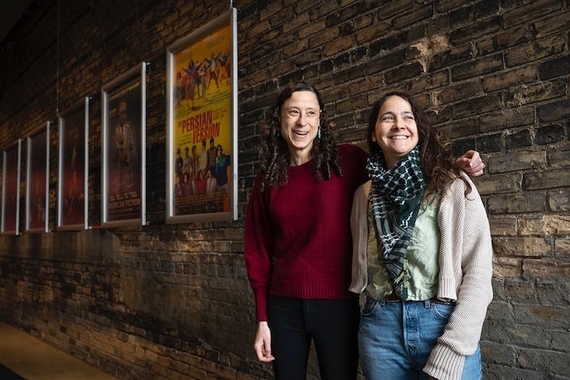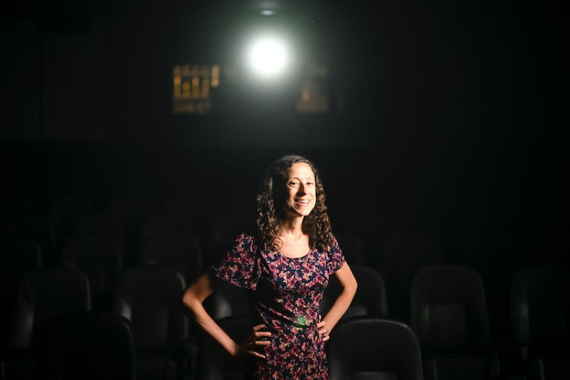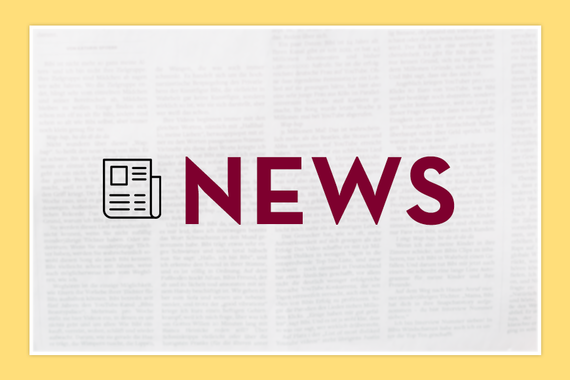CSCL in the Era of COVID-19
The COVID-19 pandemic has forced all of us to change our daily lives, and life at the University is no different. In the Department of Cultural Studies & Comparative Literature (CSCL), professors and students alike have adapted to alternative instruction.
Some educators, like Lecturer Eva Hudecova and Senior Lecturer Michelle Lekas, have adjusted their current course material in light of the pandemic, taking time to tie a real-world connection into their coursework. Graduating senior and president of the Cultural and Media Studies Student Association Emily McCarthy appreciates these curriculum changes and believes that they’re helping students better understand the strange world they’re living in.
Other professors have already begun planning fall courses about the COVID-19 pandemic, like Assistant Professor Maggie Hennefeld. She will be teaching a course called Media Madness: Hysteria, Anxiety, and Contagion, which will focus on the role that the media plays during a pandemic and the balance between spreading facts and spreading fear.
We caught up with them at the end of the semester to explore how they adapted to distance learning and discuss their takeaways from the experience.
How has the transition to alternative instruction been for you and your courses?
Eva Hudecova: It’s been a new experience and a challenge, certainly an opportunity for growth and for learning new skills. I had initially planned to teach mainly over Zoom, but due to some security concerns with Zoom, as well as due to the fact that several of my students had unreliable internet, and thus wouldn’t always be able to have access, I changed my approach. Now, I’m doing my office hours over Zoom, but my lectures asynchronously, with PowerPoints with commentary and online discussion via Canvas.
I’ve also had several students who contacted me either because they were healthcare workers or because they started having mental-health issues due to the changes in their routine and environment. So, in addition to being an instructor, there were times when I was also a pseudo-therapist. I’m glad I can be there for my students. I miss seeing their faces.
Emily McCarthy: Honestly, as I’m sure has been the case for most students, the transition has definitely been a bit rocky. Personally, I think the hardest part about moving to [alternative instruction] is the unprecedented mental-health challenges the transition poses. However, even though the transition comes with many hurdles, continuing classes has helped maintain at least a minimal sense of normalcy. Even though I can’t see my peers or professors in person, it’s been nice to still have at least one part of my life follow a schedule, as well as allow me an opportunity to still socially engage with my classmates.
Michelle Lekas: It has been a real journey! I teach three classes, and when the transition began after spring break, we were all apprehensive and frightened for a variety of intersecting reasons. I have taught “live” here at the U for 32 years and wondered how engagement would happen virtually. Many students, especially the seniors, worried about how they could keep motivated and organized without live contact; they also enjoy each other and everyone missed that in-person community. It is crucial to keep in mind as well that too many students have lost their jobs and are dealing with family job loss, illness, and anxiety.
What has changed in your courses now that they’re not meeting in person?
Emily McCarthy: Actually, not much has changed! In my one CSCL course, we adapted our syllabus to cover topics that were more pertinent to the pandemic, but overall my professors were still able to facilitate some really great discussions. All of my professors were able to still cover all of the core learning outcomes that were listed in their syllabus, which I think is a tremendous accomplishment on their part given how much changed in such a short time.
Michelle Lekas: Students loved seeing each other on Zoom, meeting in group breakaways, and presenting their work with everyone’s full attention! As all faculty would attest, we are all more responsive to each other. Students can call me on my phone at any time. Students have been working hard to refocus, take control of their situations, stay open to sharing challenges and ideas, tell me where adjustments should be made on due dates, and so forth.
How is your course material relevant to COVID-19?
Eva Hudecova: My course is called The Body and the Politics of Representation, and there are lots of reasons this course is essential at this time. We’ve discussed how people narrate their own illnesses or those of their loved ones, how personal narratives of illness are very different from those of the medical field, how access to knowledge about one’s body is not always uniform across the board for everyone, and how these days we don’t even know whether we can trust our body or not, because many people who spread the virus are asymptomatic.
Michelle Lekas: We are keeping this pandemic front and center in discussions while also focusing on epidemics of the past. In two of my courses, we screened Joseph Lovett’s magnetic documentary, Gay Sex in the 70s, about gay sex expression from post-Stonewall in 1969 to the first recorded HIV/AIDS cases in 1981. We follow that up with an HIV/AIDS Timeline, including socio-political reactions, research funding drives, personal experience, and finally the race between Robert Gallo and Luc Montagnier to identify the virus we now know as Human Immunodeficiency Virus (HIV). The phobia and labeling, as well as the outreach and care involved in this epidemic, seems incredibly close to today’s crisis.
Why is COVID-19 important to talk about in CSCL courses? What role does cultural studies play in this pandemic?
Michelle Lekas: What role doesn’t cultural studies have in this pandemic? Studying communication, history, social relations, politics and the economy, and medical trends/practice—this is what we do, what our students do, and what is always necessary. Especially now.
Maggie Hennefeld: The discourse surrounding coronavirus is so profoundly shaped by media culture. First of all, we’re now spending upwards of ten hours a day plugged into screens, which is the interface for all our social relationships. Second, the pandemic has become a ratification of our basic belief in science. The crisis of “fake news” will pose major challenges for our ability to seek accurate testing, enforce social distancing, and even administer a vaccine when one becomes widely available.
Cultural studies is an interdisciplinary field that offers us vital tools for understanding our cultural forms in the thick of their rapid change—both their unrealized social potentials and their inherent dangers and limitations.
Eva Hudecova: Cultural studies is essential in allowing people to think through the traumatic events they are experiencing, and to put words to the feelings they are having. As we know, trauma becomes worse if it is not worked through. The more it is paid attention to now, when we are in the middle of the pandemic, the more our experiences are described, narrated, and theorized, the less silence and trauma there will be when this is all over. Cultural studies is also essential in helping to imagine the world that is awaiting us on the other side of COVID-19.
This interview was conducted by an undergraduate student in Backpack. Meet the team.



